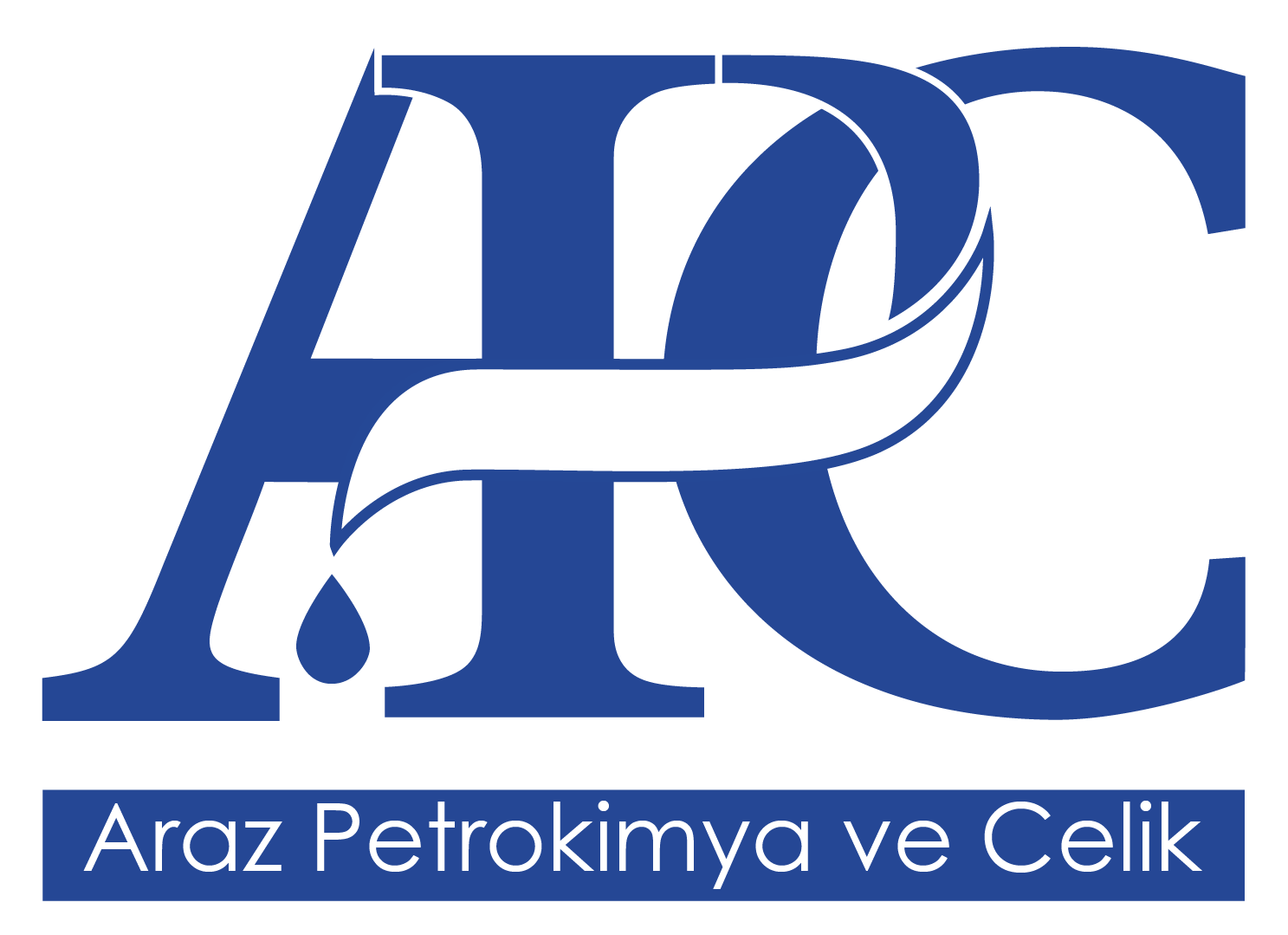Polypropylene is a versatile polymer commonly used in the manufacturing of automotive parts, thanks to its excellent impact resistance and high processability. When talc and other additives are incorporated into polypropylene, they bring about beneficial structural changes that enhance its mechanical properties while also reducing production costs. This makes the compound highly efficient for both plastic and non-plastic material production.
Parts made from polypropylene/talc compounds exhibit improved dimensional stability, with reduced shrinkage and thermal expansion during the injection molding process. Since talc has a higher heat transfer coefficient than polypropylene, it helps shorten the cooling cycle time during injection, ultimately boosting production efficiency.
What is PP Talc Compound?
Polypropylene (PP) is one of the most commonly used polymers in the production of plastic and polymer products. To enhance its properties and extend its applications across different products and production lines, various additives, including talc, are incorporated.
Talc, a soft mineral with a hardness below 1 on the Mohs scale, is often combined with polypropylene to create a new compound. This combination significantly improves the properties of polypropylene, providing a versatile and durable material used in a wide range of industries.
Applications of PP Talc Compound
PP Talc compound boasts a variety of features, including heat resistance, high dimensional stability, and excellent impact resistance, which make it suitable for numerous industrial applications. Some key sectors that benefit from PP Talc compound include:
- Automotive Industry: Used in the production of interior car parts.
- Home Appliances: Employed in manufacturing durable household appliances.
- Electronics: Helps produce high-performance electronic equipment.
- Construction: Aids in creating reliable plastic construction materials.
- Plastic Equipment Manufacturing: Enhances plastic components’ durability and performance.
These industries value PP Talc compound for its combination of high tensile strength, plasticity, and thermal stability, making it an essential material in their production processes.
Benefits of Using PP Talc Compound
The inclusion of talc in polypropylene imparts several notable benefits, making it a popular choice in many manufacturing applications. Some of the most important advantages of PP Talc compound include:
- Improved Dimensional Stability: The addition of talc significantly enhances the dimensional stability of polypropylene, reducing shrinkage and thermal expansion during molding.
- Increased Heat Resistance: Talc-reinforced polypropylene can withstand higher temperatures without warping, discoloring, or degrading, making it ideal for high-heat applications.
- Enhanced Impact Resistance: Talc improves the material’s ability to resist physical damage, making it more durable and long-lasting.
- Better Chemical Resistance: The compound shows improved resistance to corrosion, solvents, and other chemicals, ensuring longevity in harsh environments.
- Reduction in Shrinkage: Adding talc helps mitigate shrinkage issues commonly seen in plastic and polymer products, ensuring better quality and fit.
While the price of PP Talc compound may be slightly higher than other alternatives, its superior quality and performance make it a cost-effective choice for many industries. The material’s ability to enhance product lifespan and improve customer satisfaction makes it a wise investment.
